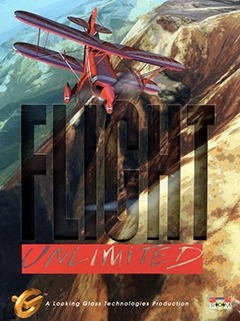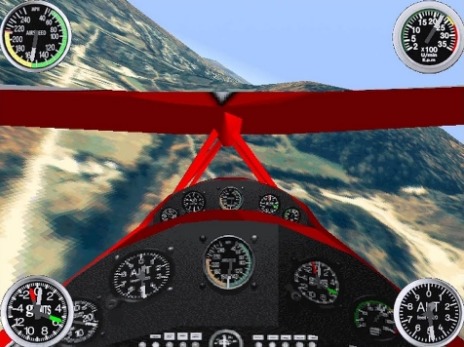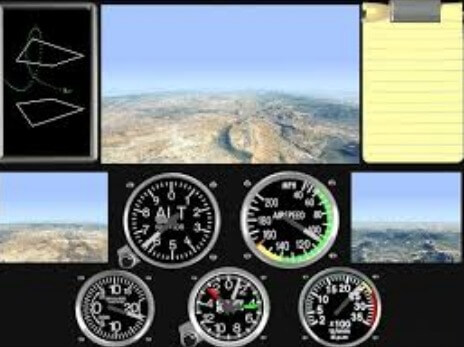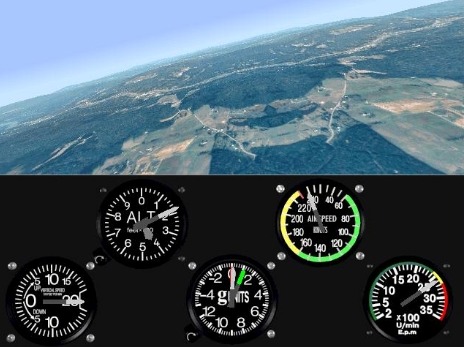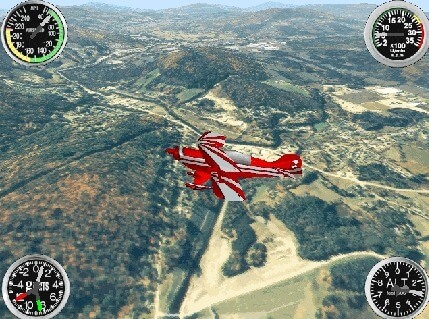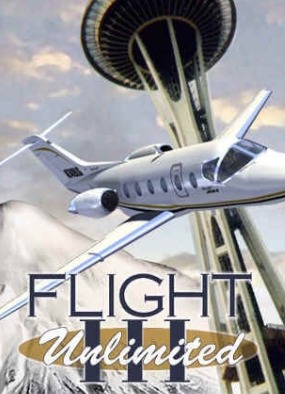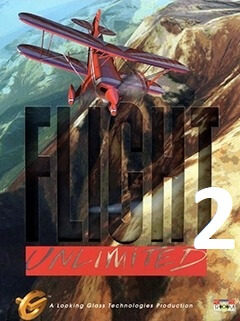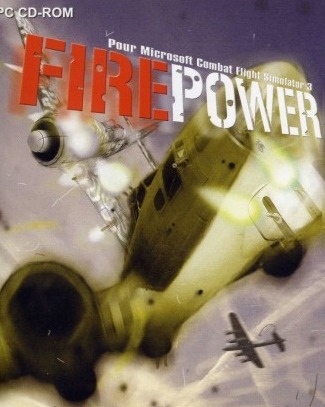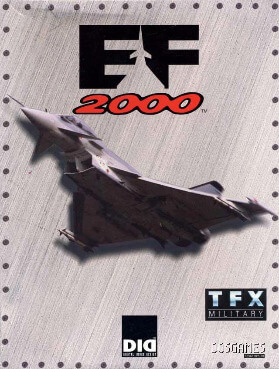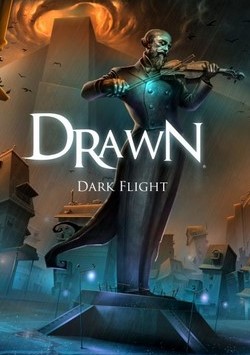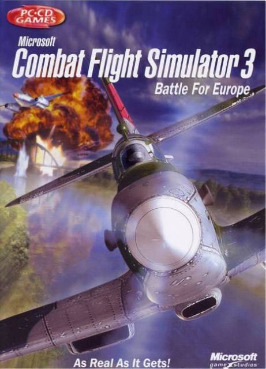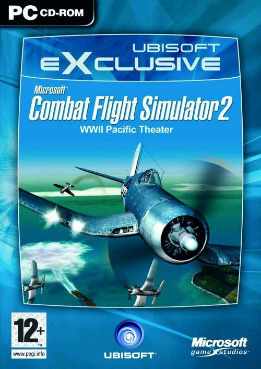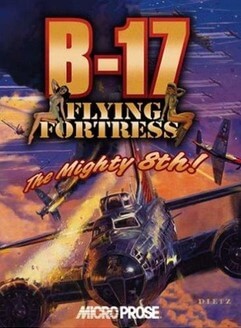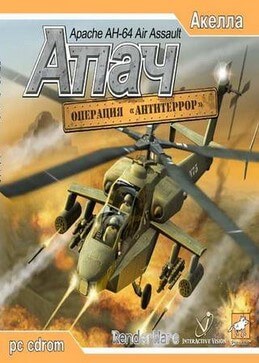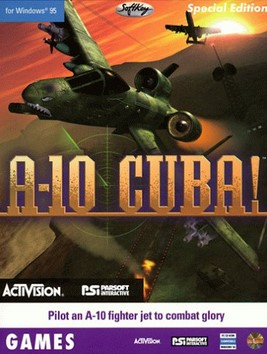Flight Unlimited is a 1995 aerobatic flight simulator video game developed and published by Looking Glass Technologies. It allows players to pilot reproductions of real-world aircraft and to perform aerobatic maneuvers. They may fly freely, race through floating rings against a timer or take lessons from a virtual flight instructor. The instructor teaches basic and advanced techniques, ranging from rudder turns to maneuvers such as the tailslide, Lomcovák and Immelmann turn.
Flight Unlimited was the first self-published game released by Looking Glass Technologies. It was intended to establish the company as a video game publisher and to compete with flight simulator franchises such as Microsoft Flight Simulator. Project leader Seamus Blackley, a particle physicist and amateur pilot, conceived the game in 1992. He felt that other flight simulators failed to convey the experience of real flight, and he reacted by coding a simulated atmosphere for Flight Unlimited based on real-time computational fluid dynamics. Aerobatic pilot Michael Goulian endorsed the game and assisted the team in making it more true to life.
Flight Unlimited received positive reviews from critics and was a commercial success; its sales exceeded 780,000 copies by 2002. Reviewers lauded its realism, flight instruction, graphics and sense of flight, but some criticized its high system requirements. The game was followed by two sequels: Flight Unlimited II (1997) and Flight Unlimited III (1999). A combat-oriented successor, Flight Combat, was released in 2002 as Jane's Attack Squadron after a series of setbacks. Soon after Flight Unlimited's completion, Blackley was fired from Looking Glass. He went on to design Jurassic Park: Trespasser at DreamWorks Interactive and later spearhead the Xbox project at Microsoft.
Gameplay
Flight Unlimited is a three-dimensional (3D) flight simulator video game: its gameplay is a simulation of piloting real-world airplanes. Players may control the Bellanca Decathlon, Extra 300S, Pitts Special S-2B, Sukhoi Su-31 and Grob G103a Twin II sailplane. The game begins at the fixed-base operator (FBO) interface—a traversable 3D room whose contents represent menu options. For example, the player interacts with a row of scale airplane models to select an aircraft, and with a world globe to change airfield locations. Six settings are available, including Sedona, Arizona and Springfield, Vermont.
The player may choose to begin flight on a runway or taxiway, or in the air. Aircraft are controlled via keyboard, joystick, head-mounted display or specialized input devices such as pedals. During flight, several third- and first-person camera angles may be selected. For example, the third-person Flyby View places the camera in front of the plane as it flies past, while the first-person Three-Way View displays more information about the plane's position and speed than other angles. Certain camera angles, including the Three-Way View and 3-D Cockpit view, provide the player with simulated flight instruments such as an altimeter, airspeed indicator, accelerometer, variometer and tachometer. The game is designed to allow players to perform aerobatic maneuvers such as the Immelmann turn, tailslide, Lomcevak and Cuban Eight. Performances may be recorded and played back, with controls that allow the player to pause, rewind and fast forward. At any time, the player may stop a recording and resume flight from that point.
The game contains lessons that cover basic and advanced flight techniques, ranging from rudder turns to challenging aerobatic maneuvers. A simulated flight instructor offers real-time advice based on the player's performance. Certificates are earned by performing well during lessons. In Hoops courses, the player undertakes a time trial through rings that float in the sky, with the option to enable a "ghost plane" of the highest score. Four types of Hoops courses are available: Basic, Challenge, Distance and Trick. The last is intended as a highly demanding test of the player's aerobatic ability. The game's sole non-powered aircraft, the Grob G103a Twin II sailplane, features its own game mode focused on energy management. The player attempts to use the direction of the wind, thermals—which realistically occur above areas that absorb more heat, such as plains and parking lots—and the orographic lift caused by slopes to stay airborne for as long as possible.
Development
The concept of Flight Unlimited originated from Looking Glass Technologies' discontent with contemporary flight simulators. Company co-founders Paul Neurath and Ned Lerner wanted to develop an exceptional game in the genre, and Neurath considered the idea during the production of Ultima Underworld: The Stygian Abyss and Ultima Underworld II: Labyrinth of Worlds. In 1992, Seamus Blackley, who had been undertaking graduate studies in particle physics at the Fermilab research facility, was hired through a want advertisement that Lerner had placed on a bulletin board. At the company, Blackley programmed the physics modeling system for a racing game and designed a large number of standalone physics demonstrations. He became fascinated by physics programming. An amateur pilot and flight devotee, Blackley asked Lerner extensive questions about his earlier game Chuck Yeager's Advanced Flight Trainer, which Blackley held in high regard. In reaction to Blackley's enthusiasm, Neurath suggested that the company develop a "traditional Cessna sim".
However, Blackley instead proposed an aerobatics training simulation, which he had conceived while reading an aerobatics magazine on a Lexington, Massachusetts bus. Collaborating with Ultima Underworld II programmer Greg Travis, he created a thirty page concept document that outlined the game. His core idea was to recreate the "yummy, visceral, fluid feeling that you get when flying a real airplane". He wanted the project to bear more resemblance to a playground than to a video game, and he sought to give it simple controls and realistic terrain to decrease the learning curve for beginners. Blackley assumed the role of project leader and then engaged the team in "flaming sessions" to generate ideas. According to programmer Doug Church, Blackley's concept of the game was not fully developed, but he clearly expressed his thoughts and motivated the team. The first months of the project produced disparate prototypes that demonstrated prospective features. The company committed to full development of the game in early 1993, and production commenced in March.
